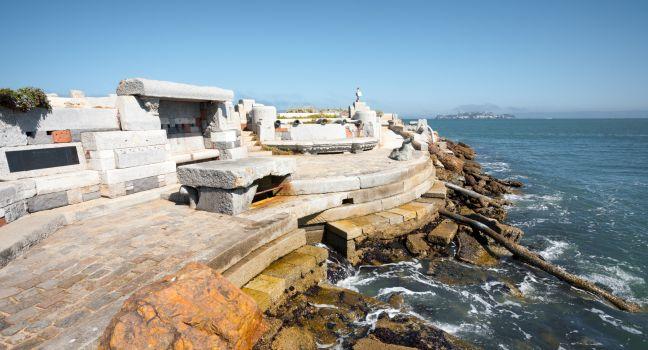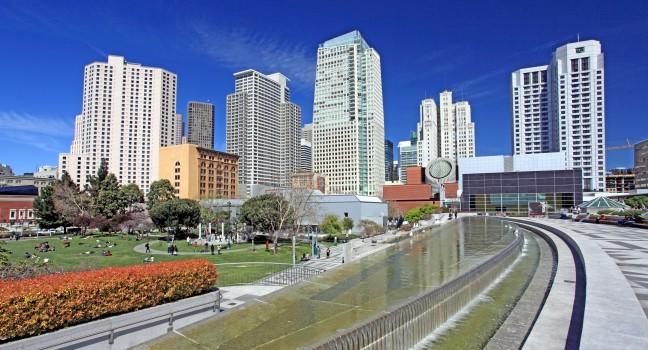San Francisco Zoo & Gardens
Occupying prime oceanfront property, the San Francisco Zoo touts itself as a wildlife-focused recreation center that inspires visitors to become conservationists. Integrated exhibits group different species of animals from the same geographic areas together in enclosures that don't look like cages. More than 2,000 animals and 250 species reside here, including endangered species such as the snow leopard, Sumatran tiger, and grizzly bear. The zoo's superstar exhibit is Grizzly Gulch, where orphaned grizzly bear sisters Kachina and Kiona enchant visitors with their frolicking and swimming. The Mexican Gray Wolf grotto houses the smallest gray wolf and the most endangered wolf subspecies in the world. The Lemur Forest has seven varieties of the bug-eyed, long-tailed primates from Madagascar and is the country's largest outdoor lemur habitat. African kikuyu grass carpets the circular outer area of the Jones Family Gorilla Preserve, one of the most natural gorilla habitats of any zoo in the world. Other popular exhibits include Penguin Island, Koala Crossing, and the African Savanna exhibit. The 6-acre Children's Zoo has about 300 mammals, birds, and reptiles, plus a huge playground, a restored 1921 Dentzel carousel, and a mini–steam train.





